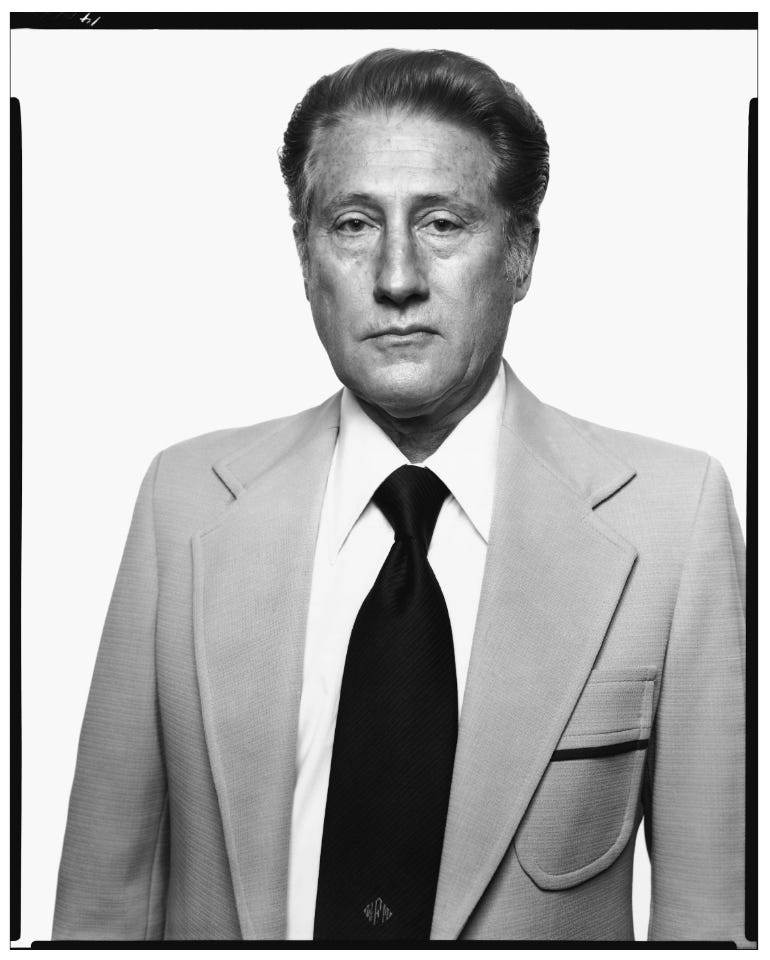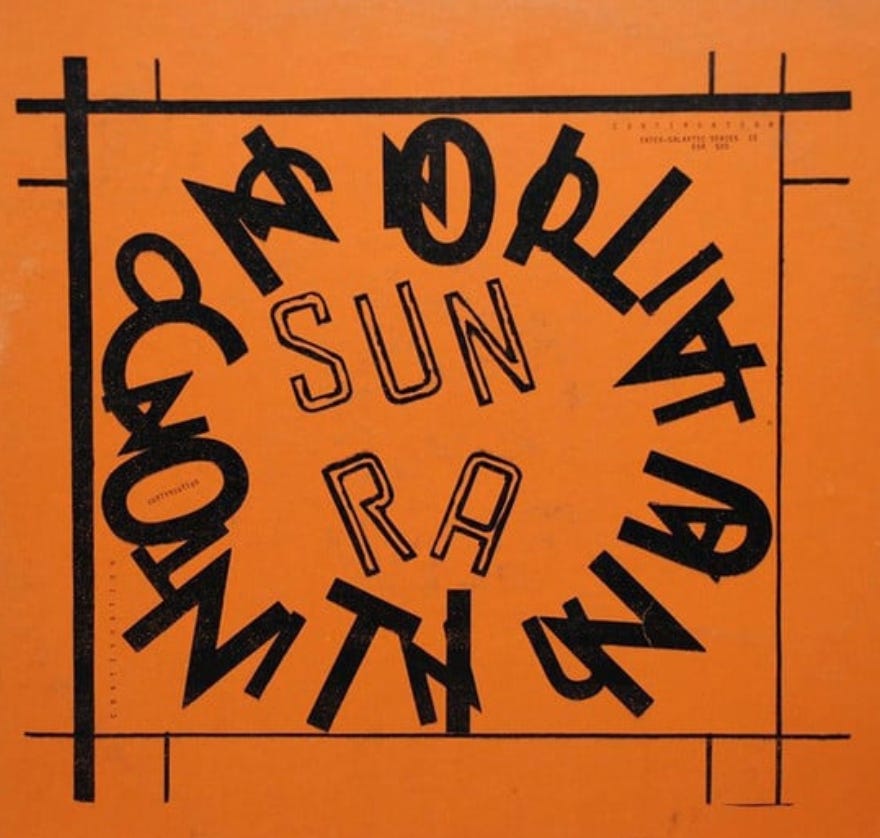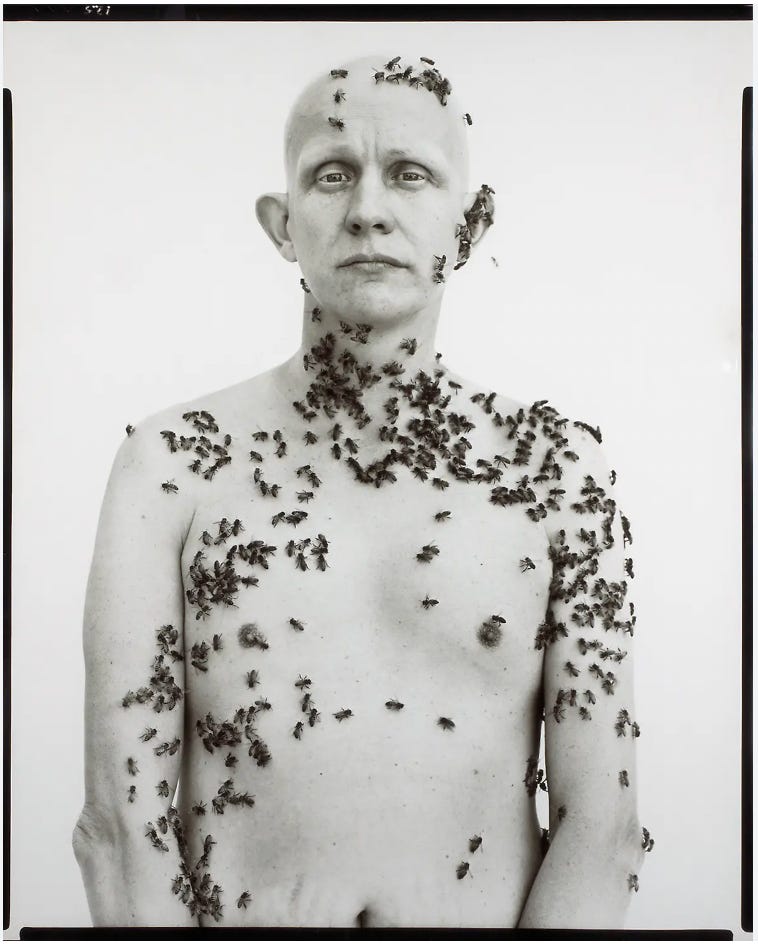Avedon at 100
“What would your good do if evil didn't exist, and what would the earth look like if all the shadows disappeared?”― Mikhail Bulgakov
My mom has painted for most of her life. She has never publicly shown her paintings, but they were ever present in my upbringing…displayed on the walls of our house…piled up in the basement. When I was home sick from school I would often lie around the basement, which was also her studio, and watch her paint for hours. Sometimes she even let me add a few strokes to something she was working on, and then let me watch as she would work them into her brushed world.
As all artists, my Mom went through artistic phases, starting out rather abstractly, going through a period of being influenced by the impressionists, and then finding Richard Diebenkorn and the rest of the Bay Area art movement of the 50s, 60s and 70s. I would say that the Bay Area movement, which was all around her (living in San Francisco throughout) was her biggest inspiration and I love the painting she did during that time. She was the first person to take me to a museum, she was the first person to take me to an art gallery (and we went to many). She is the reason I fell in love with the visual arts, specifically painting but all of the others as well. Our trip to The Tate Gallery in 1977…just her and I for the day…was transformative to me as we walked the rooms scavenger hunting objects in some of the most famous paintings in the world.
And while this might seem like a mother’s day tribute a day too late (although it was great to see her yesterday), the real reason for this preamble centers around this being the 100th anniversary of the birth of Richard Avedon. Of the many museum exhibits I remember going to as a child with my Mom, Richard Avedon’s American West exhibit at the SF Modern Art Museum in 1986 is one of the most burned into my memory. Room after room of stark white walls displaying Avedon’s detailed black and white photos, photos telling a story of an America I had not ever thought about, a working-class America whose subjects’ faces show more suffering than dreaming, more grit than grandeur. The show is Avedon’s Grapes of Wrath. For me, the defining moment was seeing the photos taken of workers in a slaughterhouse in Nebraska and the oil fields in Texas, subjects caked with blood of their labor, reaching out with their eyes to tell the museum viewers stories of a darker America…stories that we all knew but had not deeply taken in…
Over the years I have read much about The American West exhibit, some art historians critical of Avedon’s use of skewed narration to paint version of the American Myth that is more fictionalized than it should have been. The raw white background that suggests loneliness while promoting the tension between environment and the photo’s subject, the consistent old-tyme-photography celebration of the expressionless face, which triggers more a feeling of sadness than hope: Avedon found his Truth in the longing stares of those on the other side of the American dream. Even the Texas man sweetly dangling his child looks towards the camera with stone face of apathy…maybe a little pride…definitely with a knowledge of an upside-down world.
Richard Avedon started as a fashion photographer and during the course of his career worked for the biggest magazines around, during a time when print magazines were still having a Renaissance. Harpers Bizarre (where he started), The New Yorker (as the first staff photographer), Life, Vogue, Look, and on and on: Avedon’s trajectory included snapping many of the most famous (and infamous) people of the day. As in his American West exhibit, he had a knack for telling his subject’s stories through his portraits, often again with that white-ish background, focusing on facial details…the mannerisms…that made his subjects special, made stars feel human, made the unknown seem epic, made them jump out of the photos with an energy of the time.
Another of my favorite projects of his was his Family portrait series from 1976, when on assignment in Washington DC he took a slew of photographs of the power players, new and old, making the political scene. A photography collector I know in San Francisco has the complete set of the 69 photographs that make up The Family, and has them displayed (in theory) as Avedon originally intended them to be displayed, with each power broker next to a specific other power broker, telling a very unique tale of the power structure of DC post-Vietnam, post-Nixon-impeachment…even more interesting with 40+ years of history since the portraits were taken. There is a portrait of Mark Felt, decades before he would be revealed as Deep Throat. Near him is Ted Kennedy and Jerry Brown. A photo of a young Donald Rumsfeld is represented, just coming up in the Gerald Ford camp as Secretary of Defense, way before he helped George W Bush reimagine the Republican party, solidifying the neocon grip on the US. His portrait is near CIA head George Bush Sr. who is near the Governor of Georgia Jimmy Carter (who would be the next President of the US). Shirley Chisholm, the first black woman elected to congress is represented as is the racist Governor of Alabama George Wallace (whose picture brings out his inner evil). Yes, the body politic of Washington DC is a family…a difficult, strange family to be sure. To see all of the photos go here.
The Beatles, Marylin Monroe, Charlie Chaplin, Audrey Hepburn, Warhol, JFK, The Everly Brothers and on and on and on…the iconic shots of these stars were taken by Avedon. He was one of the most important photographers of his generation, as a commercial photographer, as a photo essayist, as a social commentator, as a stylist. He has been gone for 19 years, but everywhere you look you can still see his images, and his influence.
Happy 100th Birthday to Richard Avedon and Happy Monday!
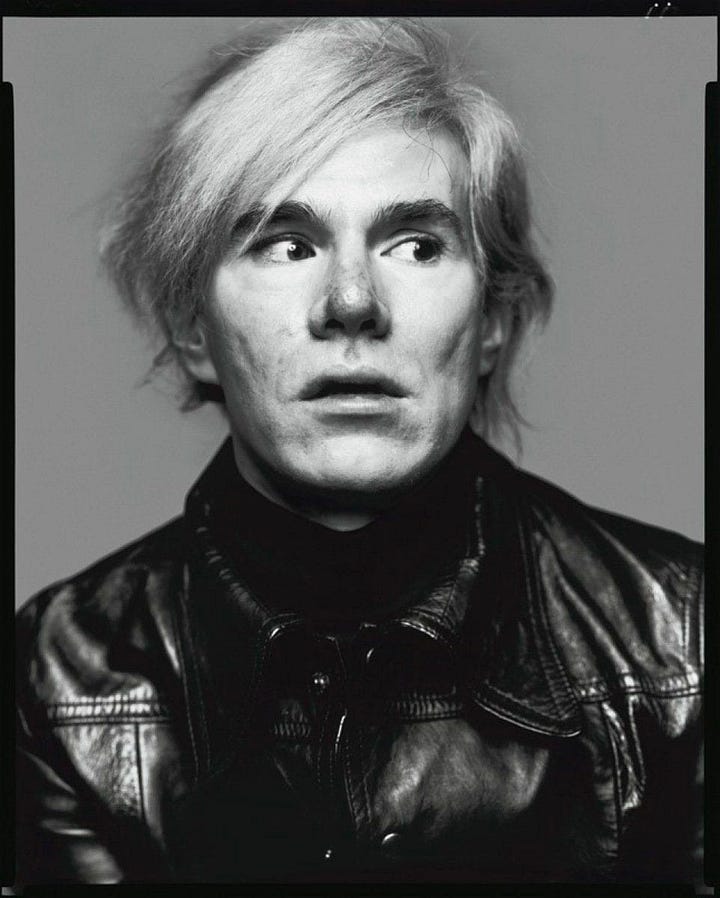


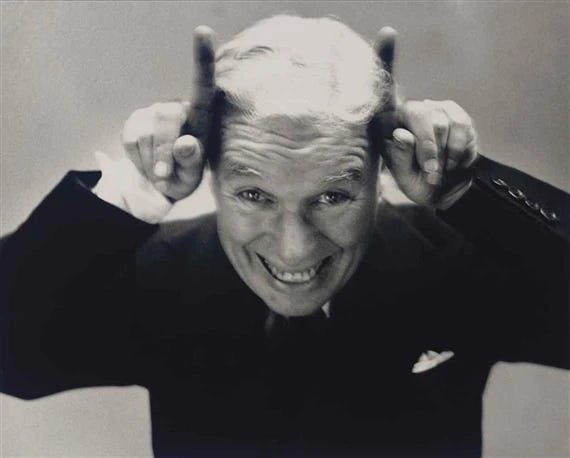
Top 25 Most Expensive Items Sold on Discogs in April 2023
The OG punk rock band RF7 takes the prize this month with their 1980 single Acts of Defiance selling for $7,850. You can see a live-ish video (more like a live video with the single played on top) with the lead singer taking a chainsaw to the guitarist. The Magnetics soul spectacular I Have a Girl coming in at 3rd most expensive, selling for $4000. The Sun Ra Arkestra’s 1970 LP Continuation grabbed both the 9th and 13th both selling for $2500.
In a Baltimore basement, a jazz detective strikes gold
I am a big fan of producer Zev Feldman…most recently I loved his Albert Ayler issue of some later live recordings. This story is just incredible: to find such a huge treasure of Jazz recordings. Woah. Thank you Gilly Roswell for turning me on to this story!
“The noises, detected by specialized instruments at 70,000 feet above the Earth's surface, are known as infrasound because they are so low-pitched they are inaudible to human ears. Picked out from among a wash of hidden low-frequency sounds — including thunder, ocean waves, rocket launches, cities, wind turbines and even planes, trains and automobiles — the strange infrasounds have so far defied explanation.”
Christie’s to Sell Two Rembrandt Portraits Unseen for Nearly 200 Years
Jan Willemsz van der Pluym and Jaapgen Carels, where have you been?
What Kind of Times Are These
BY ADRIENNE RICH
There's a place between two stands of trees where the grass grows uphill
and the old revolutionary road breaks off into shadows
near a meeting-house abandoned by the persecuted
who disappeared into those shadows.
I've walked there picking mushrooms at the edge of dread, but don't be fooled
this isn't a Russian poem, this is not somewhere else but here,
our country moving closer to its own truth and dread,
its own ways of making people disappear.
I won't tell you where the place is, the dark mesh of the woods
meeting the unmarked strip of light—
ghost-ridden crossroads, leafmold paradise:
I know already who wants to buy it, sell it, make it disappear.
And I won't tell you where it is, so why do I tell you
anything? Because you still listen, because in times like these
to have you listen at all, it's necessary
to talk about trees.







